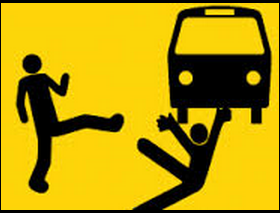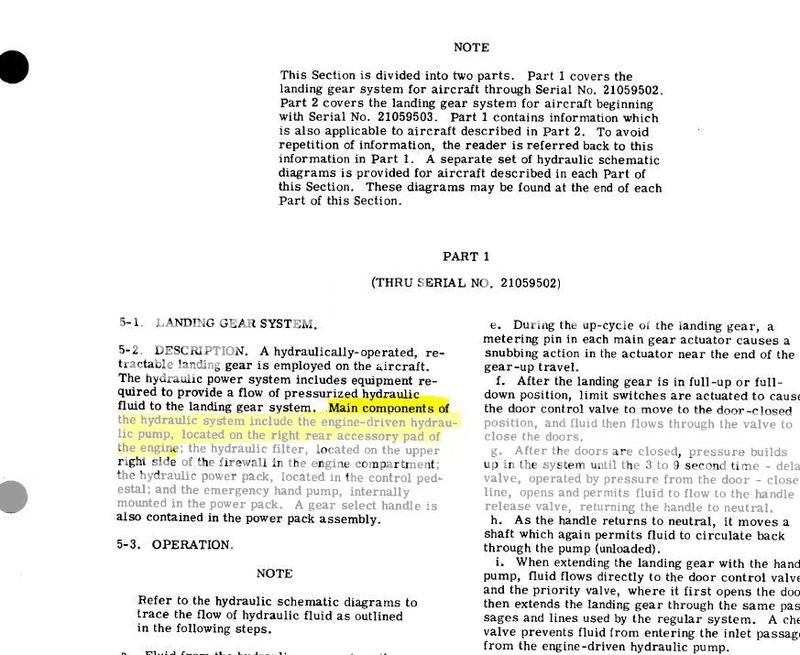Soldier64
Pre-takeoff checklist
Forgot to switch the tanks and landed gear up.
http://www.cbsnews.com/news/pilot-makes-crash-landing-on-idaho-interstate-in-rush-hour-traffic/
http://www.cbsnews.com/news/pilot-makes-crash-landing-on-idaho-interstate-in-rush-hour-traffic/






